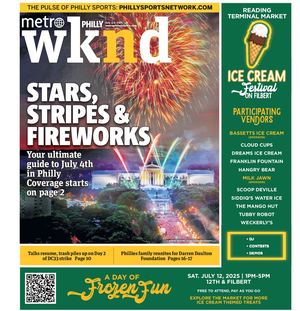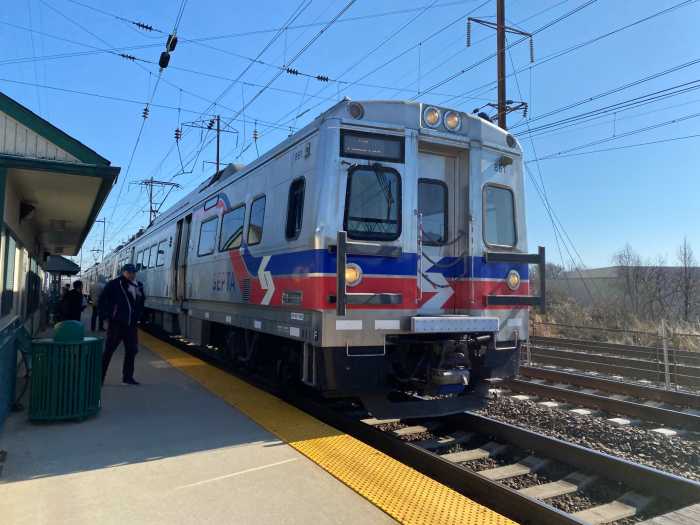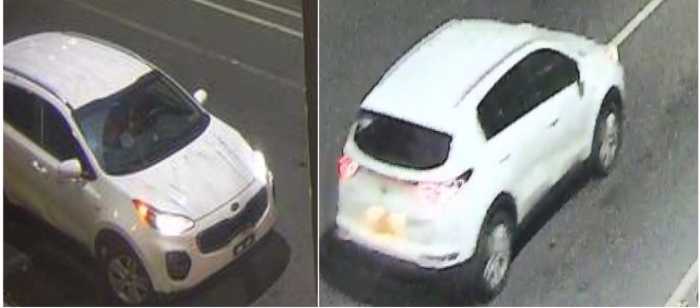Before heading to the corner, SEPTA riders can now check a virtual dashboard that estimates crowding inside the bus that will pick them up.
And, on Thursday, transit riders and advocates got their first chance to hear about a massive three-year project to evaluate and redesign the authority’s 125 bus routes.
The dashboard, launched earlier this week, allows users to select their route, bus stop and time of day, with color-coded dots predicting how many seats will be available.
Blue indicates that the vehicle is mostly empty; yellow means a few seats are likely open; and red equates to “standing room only.”
SEPTA officials hope the information will prove helpful to riders who are hesitant about public transportation as Philadelphia nears a complete lifting of COVID-19-related restrictions next month.
Currently, drivers are supposed to limit normal-sized buses to 20 passengers to comply with social distancing, though it’s expected that those protocols will be dropped in the coming weeks.
“We know that people are paying extra attention to things,” authority spokesman Andrew Busch said, “like, ‘Am I going into a situation where there’s crowded conditions?’”
“We’re not really seeing overcrowding on our buses, but we want to give people as realistic as possible an idea of what the conditions are like,” he added.
The estimates are based mostly on automatic passenger counts from the previous two weeks. SEPTA employees have been checking the projections and have found them to be 85% to 90% accurate, Busch said.
In the future, the authority plans to incorporate real-time seat availability information, he said.
Data for a majority of the bus routes is included in the dashboard, and SEPTA plans to continue adding additional routes. By the end of the year, the tool should also include the Market Frankford and Broad Street lines, as well as Regional Rail.
It will eventually be incorporated into the SEPTA app. For now, it’s available at www.septa.org/seat-availability.
Meanwhile, the authority held a pair of open houses Thursday on its bus network redesign, the first sessions of what officials have promised will be a robust community engagement process.
SEPTA approved a $3 million contract with Nelson/Nygaard, a transportation consultant, in December, and they have begun analyzing southeastern Pennsylvania in preparation for what the authority is calling its “Bus Revolution.”
“That name is not accidental,” said Bethany Whitaker, of Nelson Nygaard. “We’re really seeing this as a revolution, an opportunity for us to totally reimagine the way that the bus services are being delivered and provided in the region.”
In addition to the routes themselves, the project will consider the timing of buses, frequency of stops and connections with other SEPTA services.
Many of the current routes have remained unchanged for decades and are based on Philadelphia’s early 20th century streetcar system.
During an afternoon Zoom presentation, Whitaker spoke about the project’s goals, and, according to the 70 to 80 people logged in, creating faster and more reliable service was the most important.
Other objectives include making the system easier to understand and operate and responding to changing travel patterns.
Draft recommendations should be released to the public next summer, with changes being implemented by SEPTA in 2023.

































